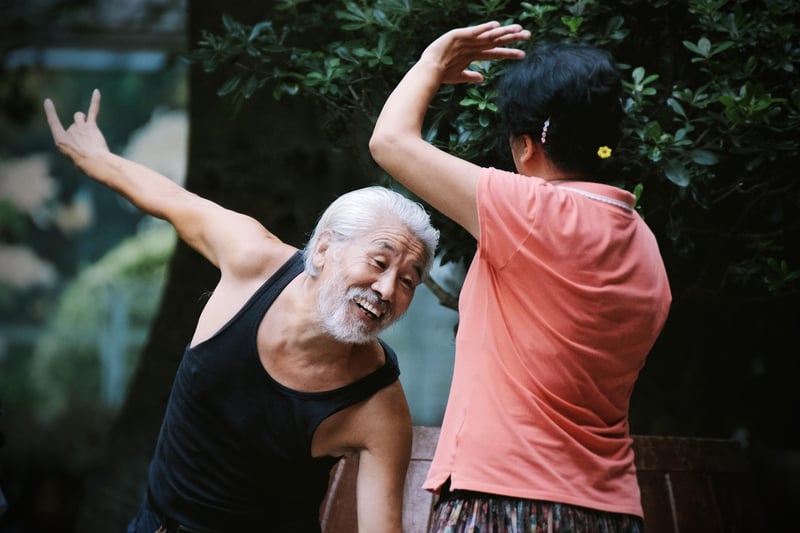Wu/Hao Style
The Art of Chinese Martial Arts: Exploring the Wu/Hao Style
Chinese martial arts, also known as Kung Fu, are a rich and diverse form of physical and mental training that has been passed down through generations. Among the many styles of Chinese martial arts, the Wu/Hao Style stands out for its unique characteristics and techniques.
Origins of Wu/Hao Style
The Wu/Hao Style is named after its founders, Wu Yuxiang and Hao Weizhen. It is a traditional style that emphasizes internal strength, softness, and circular movements. This style is known for its focus on qigong (energy cultivation) and tai chi principles, making it a popular choice for those seeking a holistic approach to martial arts.
Characteristics of Wu/Hao Style
- Slow and deliberate movements
- Emphasis on relaxation and internal energy
- Circular and spiraling techniques
- Utilization of leverage and redirection of force
- Integration of Tai Chi principles
Training in Wu/Hao Style
Training in the Wu/Hao Style involves a combination of solo forms (taolu), partner drills, and applications. Practitioners focus on developing sensitivity, balance, and coordination through repetitive practice of movements. The slow and controlled nature of Wu/Hao Style forms helps improve posture, flexibility, and overall well-being.
Benefits of Practicing Wu/Hao Style
- Enhanced mind-body connection
- Improved balance and coordination
- Stress relief and relaxation
- Increased flexibility and joint mobility
- Self-defense skills and confidence
Find a Wu/Hao Style School Near You
If you are interested in learning the Wu/Hao Style of Chinese martial arts, consider finding a reputable school or instructor in your area. Joining a class can provide you with guidance, support, and a community of fellow martial artists to train with.
Begin your journey into the world of Wu/Hao Style and experience the benefits of this traditional Chinese martial art!

Image source: Pixabay
